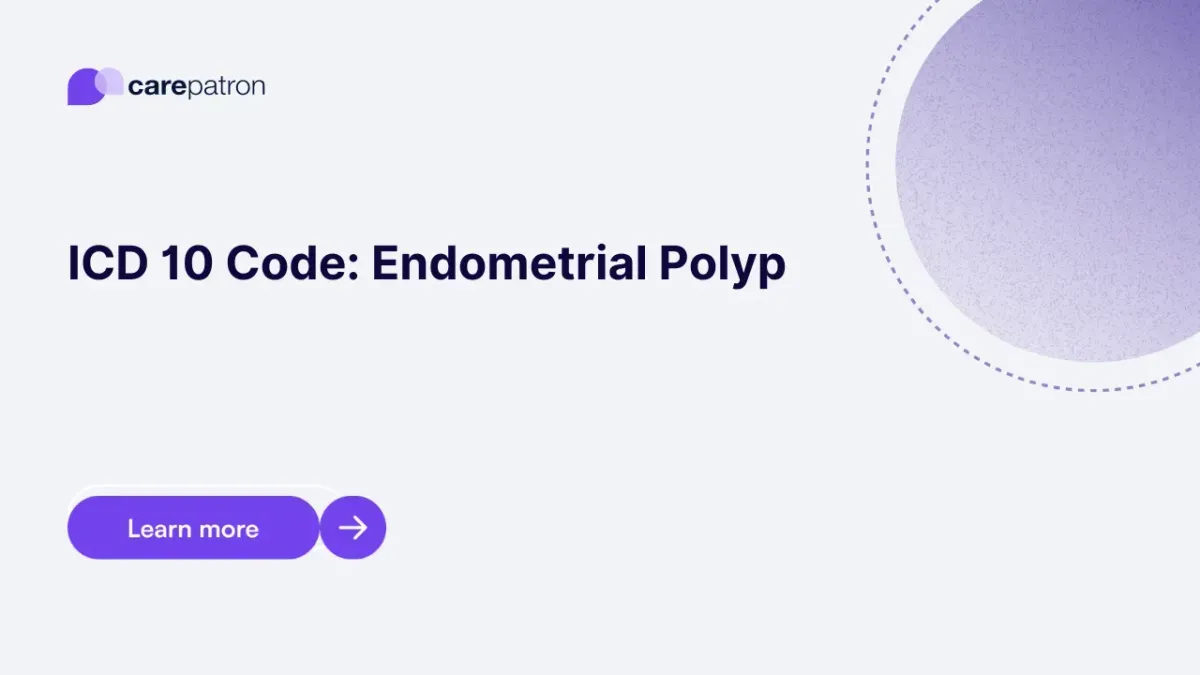
Endometrial Polyp ICD-10-CM Codes | 2023
Discover relevant ICD-10 codes for Endometrial Polyp diagnosis. Ensure accurate billing with these codes for medical services related to uterine polyps.
Use Code
EHR and practice management software
Get started for free
*No credit card required
Free
$0/usd
Unlimited clients
Telehealth
1GB of storage
Client portal text
Automated billing and online payments
